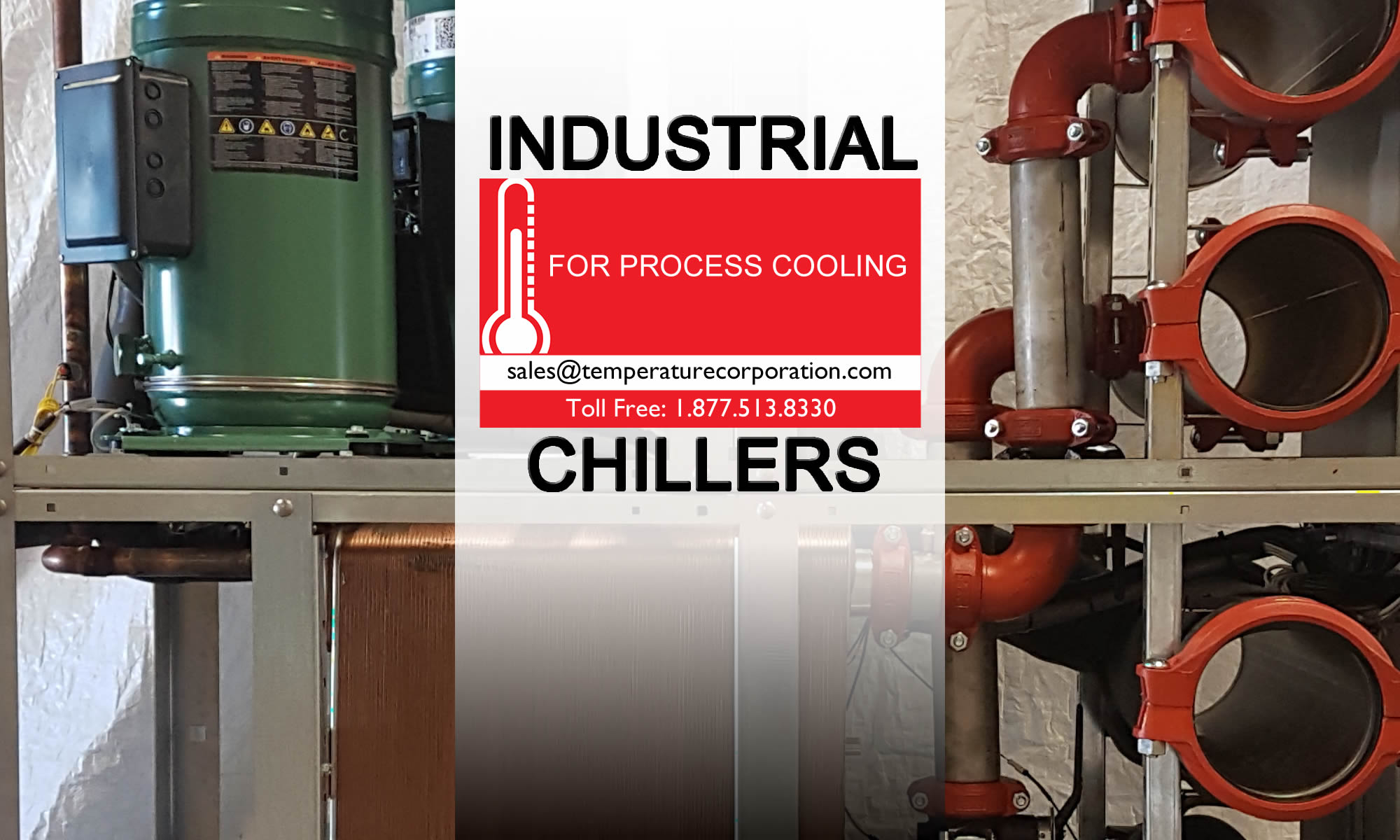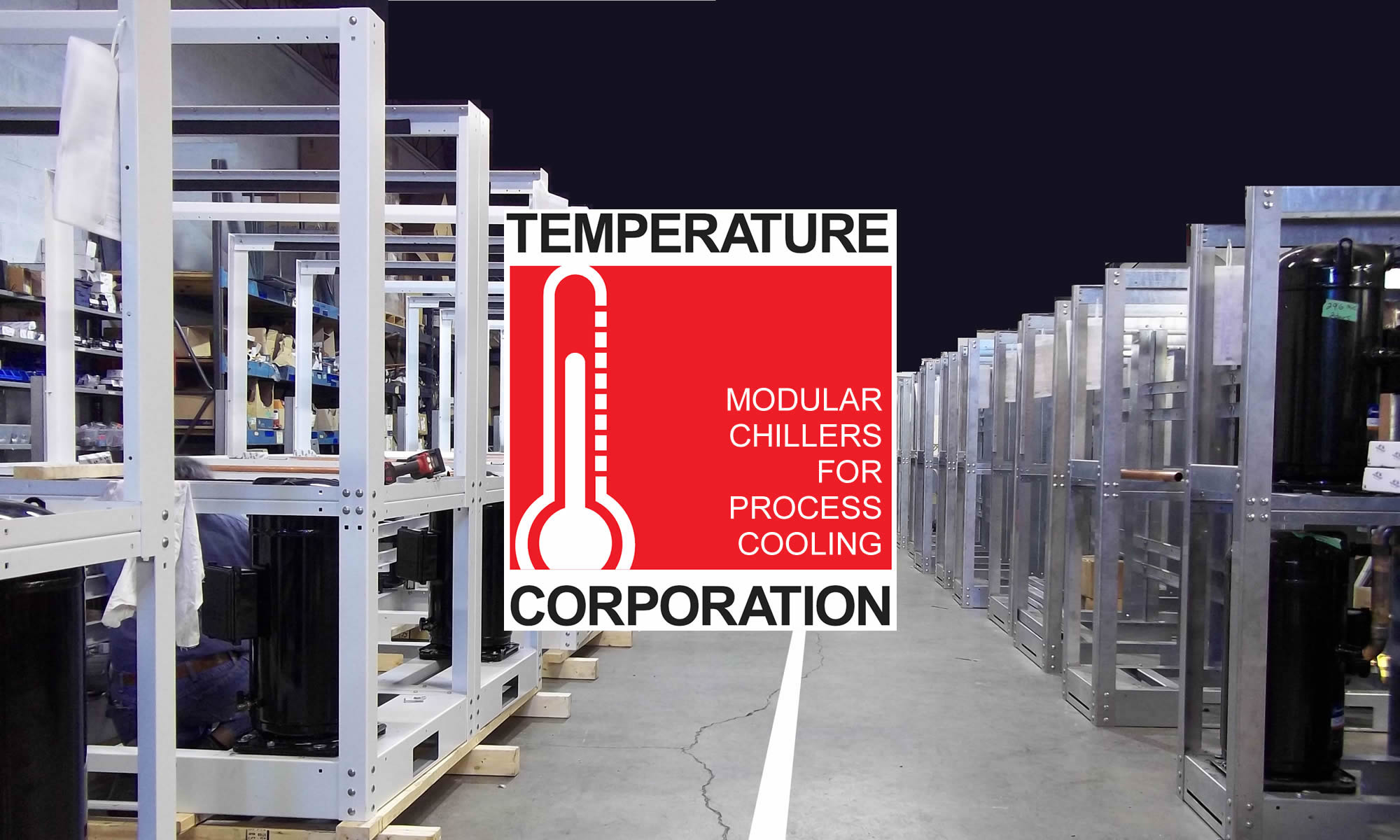Anodizing Chillers for the Metals Industry
Temperature Corporation manufactures chiller systems including water and air cooled chillers for removing the process heat generated by anodizing.
Because the anodizing process generates a lot of heat, cooling is a must, particularly for hard coating processes. Anodizing chillers will do most of the work, removing process heat using either an air or water cooled chiller. Air cooled units are generally installed outside, and eliminate the need for a tower. Water cooled units are the most efficient method, particularly in warmer climates. They are installed inside a building with a cooling tower oustide.
How Anodzing Works
Several metals are capable of being anodized, aluminum is the most common but the process may also be applied to magnesium, titanium, and tantalum. Anodizing is an “electrochemical conversion process” that changes the outer structure of the metal, rather than an applied coating, like paint. The anodizing of aluminum is performed by making the part that is to be anodized, the “anode” or positive end of an electrical circuit within an acid electrolyte. With electricity applied through the acid from the cathode an oxide layer develops in and on the outer layer of the metal. This outer layer can be formed so that it has a porous quality and the aluminum oxide layer can be dyed in many colors.
Advantages
- High Efficiency Scroll compressors.
- Freons 134a and 410A.
- Compact Size.
- Easily Removed For Service.
- Outstanding Reliability.
- Unsurpassed Operating Efficiencies.
- Ease Of Operation.
- Dual refrigeration circuits.
- Extraordinary Safety Protection.
- Satin coated sheetmetal powder coated and baked.
- Dual Circuit Stainless Steel Brazed Plate Evaporators.
- High Efficiency – Low Freon volume all aluminum “Micro Channel” condensers.
- NEMA / EEMAC Type 4/12 Control Panel.
- Designed in compliance with CAN/CSA C22.2 No. 236-11 and UL 1995 4th edition 2005 Heating and Cooling Equipment.
- Evaporator certified to UL 207 7th edition and C22.2 no. 140.3-M1987.

